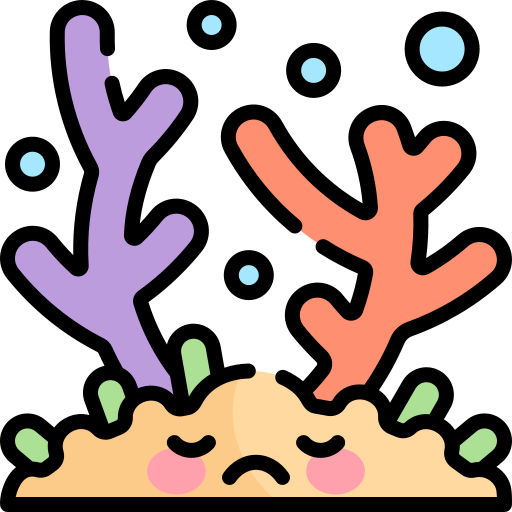I was able to treat my 2 clownfish in my quarantine tank with hyposalinity,syphoning the bare bottom tank, dim lighting, and quick cure, but I lost 2 other fish to this parasite. How long can the amyloodinum parasite live in my sandbed without a fish for a host? How long should I wait before returning the clownfish to their anemone in the reef tank? They seem so lost without their host anemone. I have read 2 weeks, 4 weeks, and I have read 72 days. Which amount of time is more accurate to wait before reintroducing the cured fish? I need to verify this conflicting information.
By the way, I have no idea how this parasite was introduced. I have not added any fish in around 7 months. The only thing that I added recently was more snails! Could they have been the carrier of amyloodinium? They were in an invertebrate only tank at the LFS with no fish.

[ October 26, 2001: Message edited by: Dragonlady ]</p>
By the way, I have no idea how this parasite was introduced. I have not added any fish in around 7 months. The only thing that I added recently was more snails! Could they have been the carrier of amyloodinium? They were in an invertebrate only tank at the LFS with no fish.
[ October 26, 2001: Message edited by: Dragonlady ]</p>





